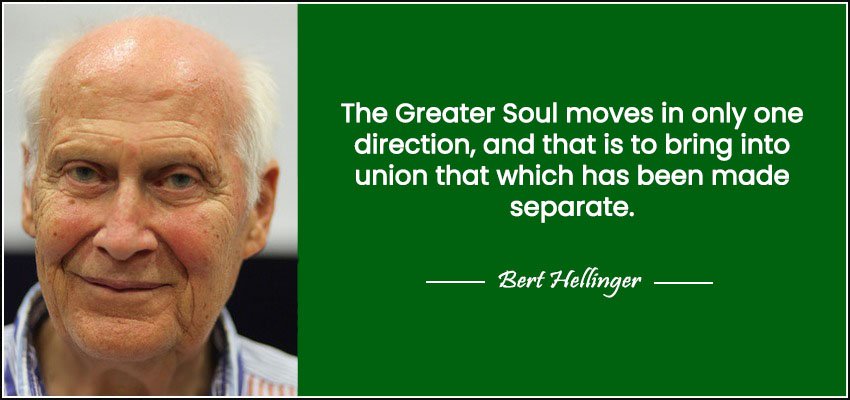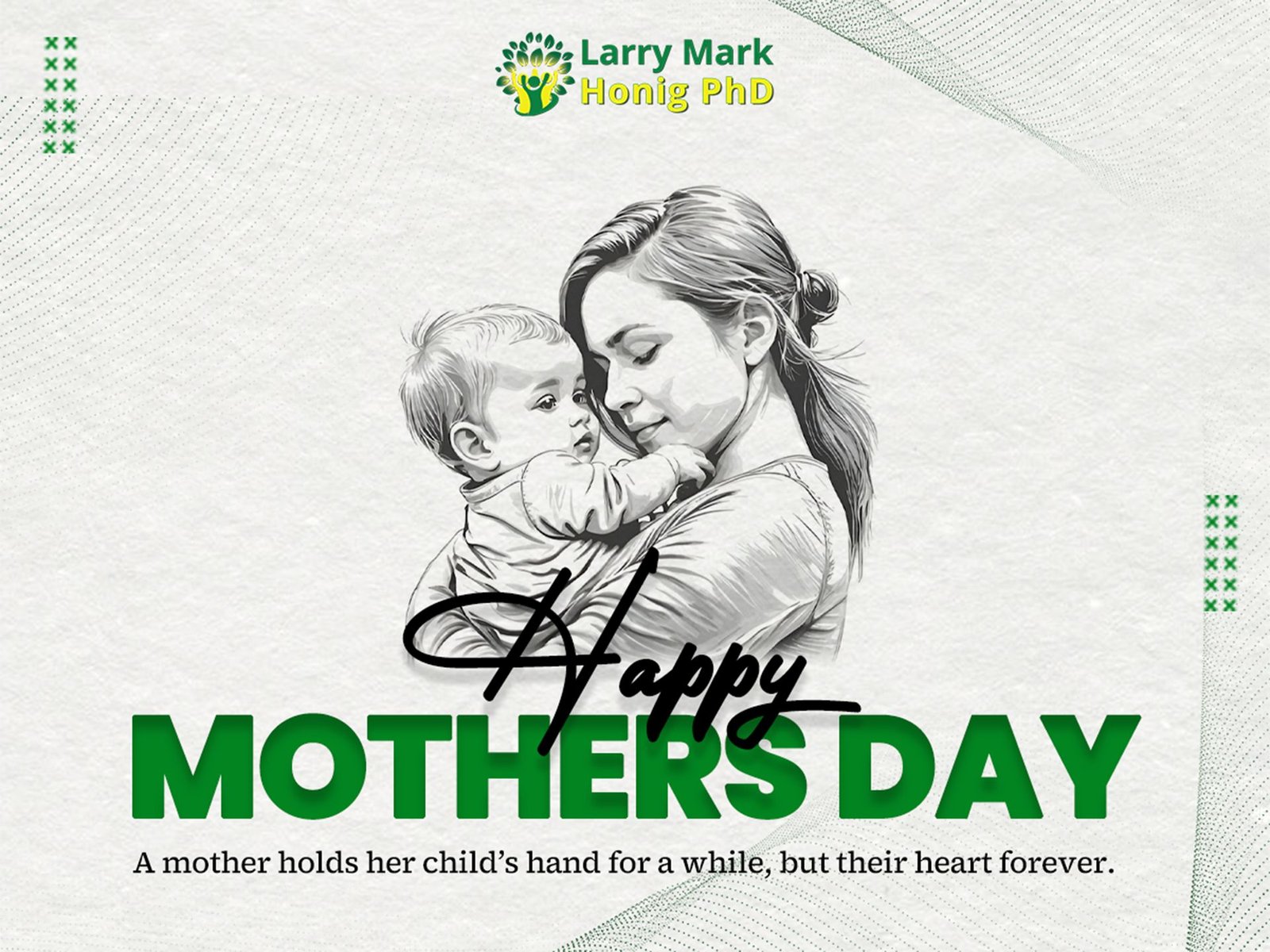
Consenting by Bert Hellinger (2007)
Embracing the transformative power fosters a sense of connection with ourselves and others.
“As soon as I have consented to other persons as they are, they can feel at ease. As soon as I have consented to a situation as it is, it changes and reveals to me new possibilities for action.”
Consenting to Others and Situations
On an inward journey, I may experience that an obstacle stands in my way. Often, it is something that I have not yet consented to. For instance, a pain or a loss that I have not gotten over, or something that must be resolved. There is something else to which I must agree – the time I still need. As soon as I have agreed that I need more time, time leaves me in peace. I may move on.
I experience something similar with my pain. What happens when I agree to it? When I no longer try to get rid of it? When I take it close to my heart and allow it to calm down in me? When I permit it to take the lead? Perhaps this pain wants to take me to something that I have lost sight of – for instance, another person. Maybe this pain guides me back to something that is waiting for recognition and resolution.
Therefore, I stay with this pain, as it is, the whole time. With this pain, something recollects itself inside me. Is it that I pause on my inward journeys in the moment exactly here, or is this pain leading me on to a decisive step because I have agreed to it? It takes me by the hand and leads me further and deeper.
When I simply surrender, what happens to my pain? My pain too calms down and finds its peace. It closes its eyes as if its work is done. As soon as I agree to everything as it is, I gain precious time. As I stay in peace with myself, something in me and outside of me grows as if of its own accord.
These inward journeys are movements of life. When I have agreed to everything as it is, I feel free to engage in the essential aspects of life. I may move on in a decisive manner. The forces of life first collect inside; only then do they turn to the outside. Insights are first perceived inside; after that, they set something in motion outside.
On our inward journeys, we consent to everything as it is – first to ourselves, then to our situation, to life as it is, and to the lives of other people. In this way, our inward journeys continue outside as well. Our journeys to the core open another space for us inside. Rilke called this the inner space of the world. In this space, we relate to life in a more comprehensive way. We see it differently and become different.
After this, we return to our own space – changed. We turn to our everyday life – changed. What is the nature of this change? We are in its service, aligned with another love.
A Brief History of Family Constellation Work

Depending on one’s philosophy of life, one might see the development of Family Constellation work as pure coincidence, an act of grace from above, or a synchronistic development emerging from the evolving morphogenetic field.
Had the German psychiatrist Gunthard Weber not met Bert Hellinger at a conference in 1988 and persuaded him to publish some material about his work, Hellinger might have retired in obscurity. Instead, Weber edited and published Zweierlei Glück in 1993, a breakthrough that brought Hellinger’s work to the forefront.
In his seventies, Hellinger rose to prominence in Germany and Austria, holding workshops for larger and larger audiences. The book’s success inspired an entire field of practice, with workshops, trainings, books, and conferences expanding worldwide.
Influences on Bert Hellinger
Hellinger synthesized various therapeutic and philosophical disciplines, including:
- Psychoanalysis
- Janov’s Primal Therapy
- Moreno’s psychodrama
- Virginia Satir’s family reconstruction
- Milton Erickson’s hypnotherapy
Although informed by these approaches, Hellinger’s methodology stands alone. He described himself as an “applied philosopher” and emphasized a phenomenological stance that honored truth and connection.
Methodology of Family Constellation Work

Hellinger’s approach is phenomenological, revealing the dynamics of family systems through the use of constellations. These constellations provide spatial representations of family members, uncovering hidden dynamics and entanglements passed down through generations.
Hellinger identified key Orders of Love that guide the flow of love in a family system:
- Everyone in the family must be honored and given their rightful place.
- Parents give; children take.
- Partners must balance giving and taking.
Constellations bring these dynamics to light, allowing participants to find resolution, compassion, and freedom from entanglements.
The Orders of Helping
Jack Blackwell summarises Bert Hellinger’s principles as:
- First Order
We only give what we have and only expect what we need. Disorder occurs when we try to give or take what is not ours. - Second Order
Helping must respect circumstances and personal responsibility. Disorder occurs when helpers intervene beyond what is appropriate. - Third Order
Helpers must avoid parent-child dynamics with clients, instead guiding them to reconnect with their real parents. - Fourth Order
Clients must be seen as part of a family system, including ancestors. Disorder occurs when family members, especially those excluded, are overlooked. - Fifth Order
True helping fosters reconciliation, free from judgment. It acknowledges everyone’s rightful place in the system and releases entanglements.
Transformative Power of Family Constellations
Family Constellation work can bring profound changes, reconciling relationships and healing deep-seated wounds. Stories abound of unexpected reconnections and personal awakenings.
This transformative practice invites us to pause, consent to “what is,” and engage with life’s essential aspects—aligned with another love.







Add your first comment to this post
You must be logged in to post a comment.